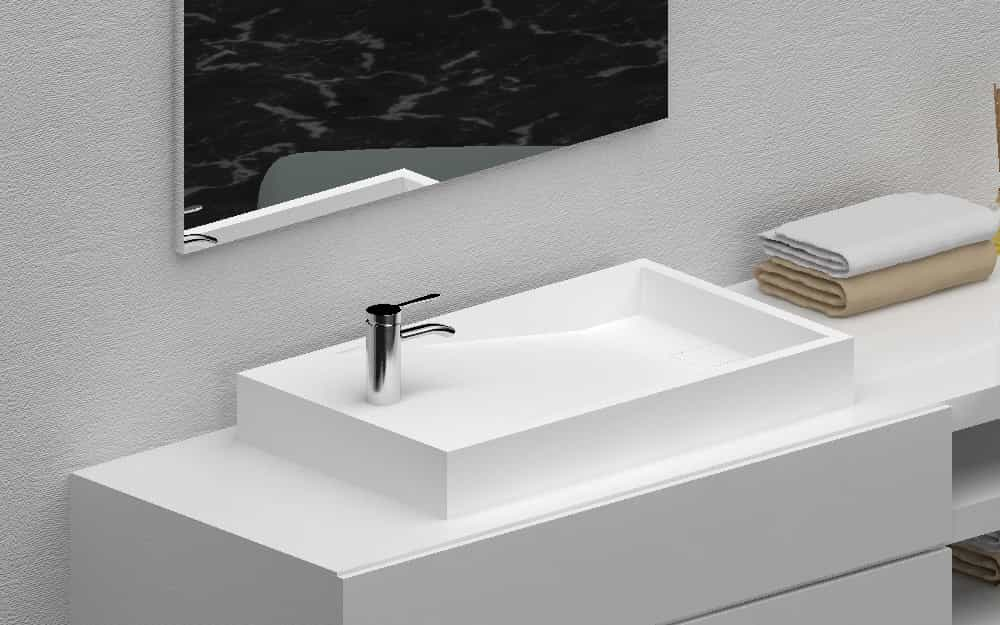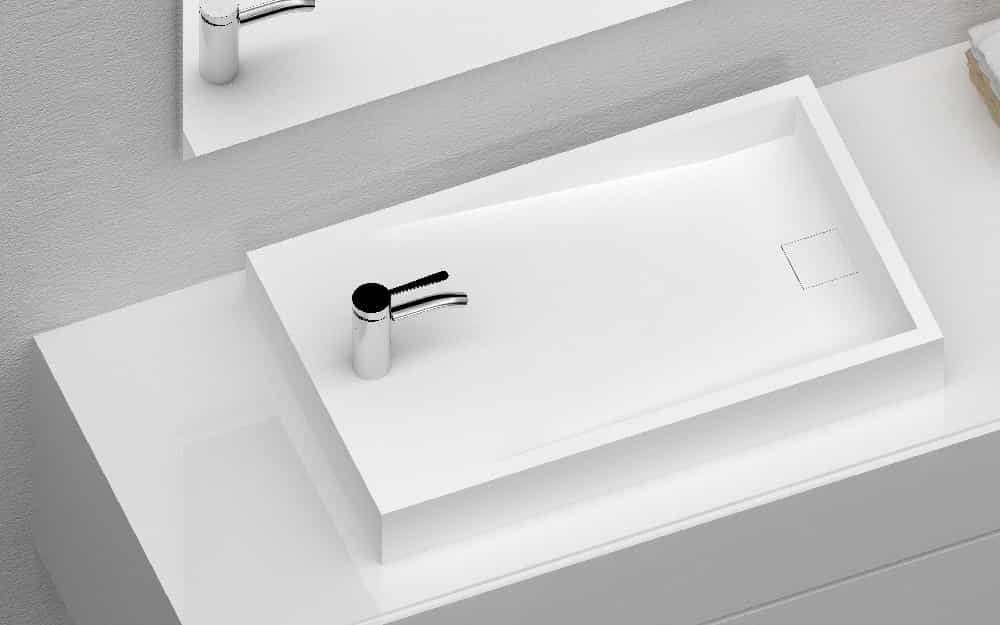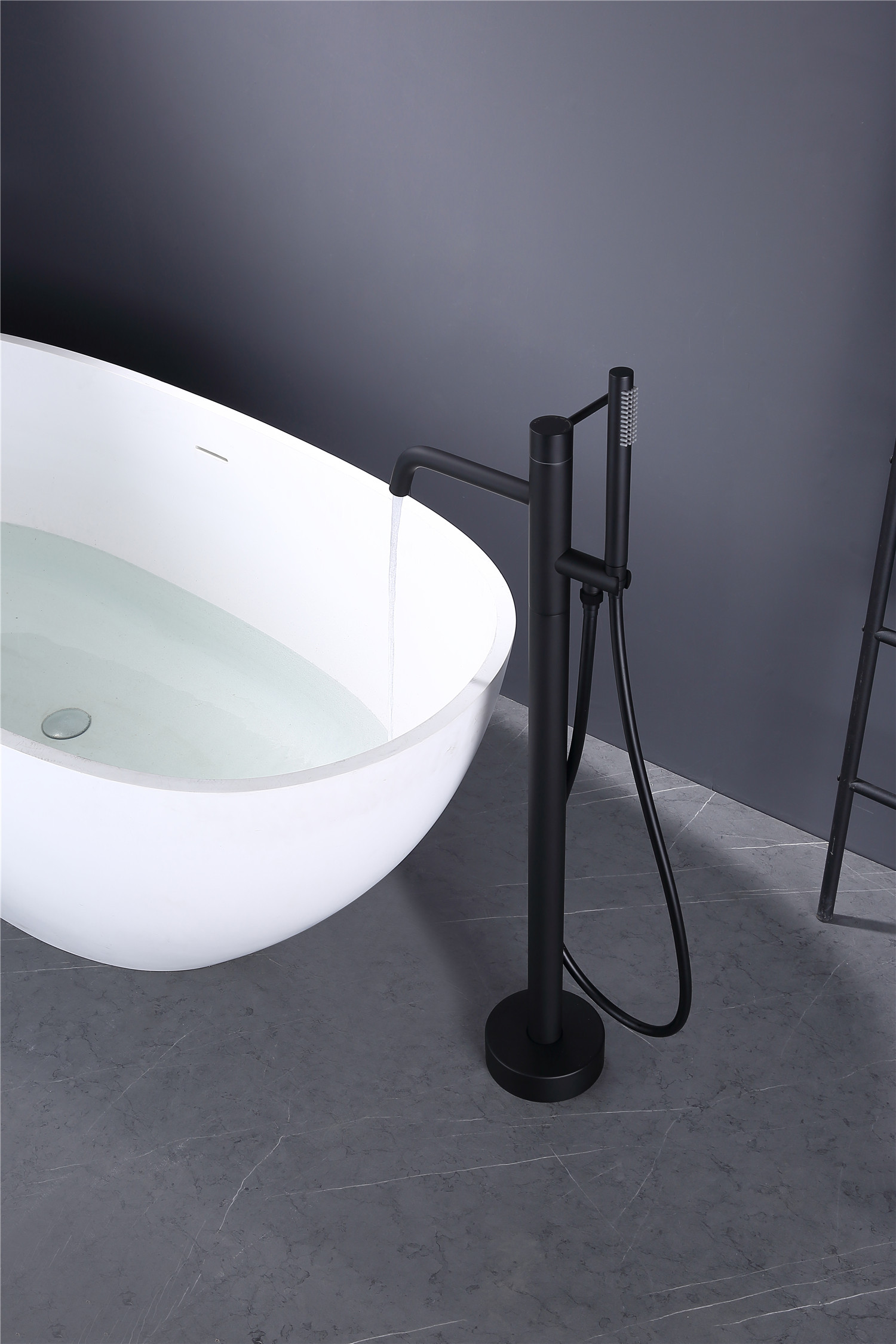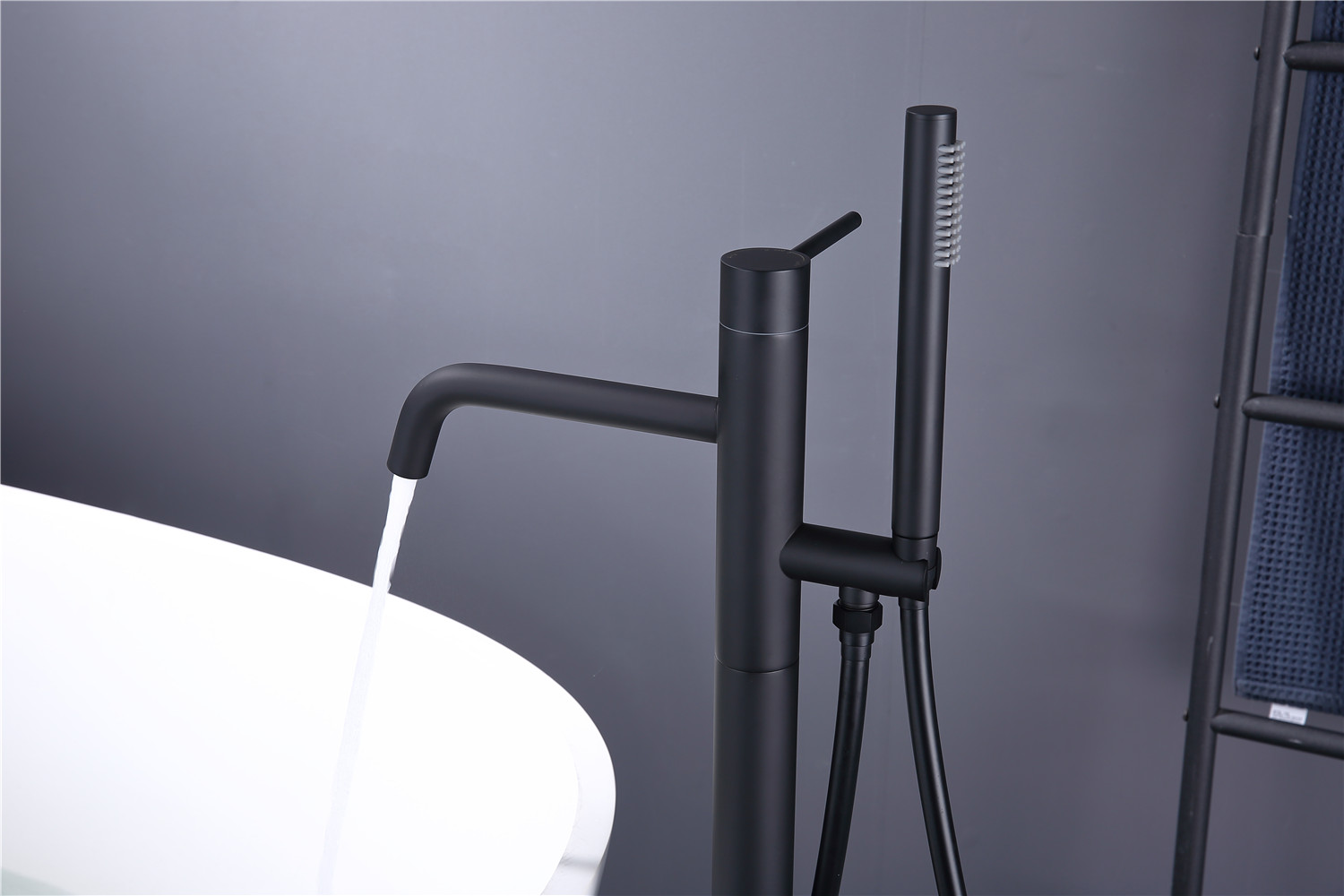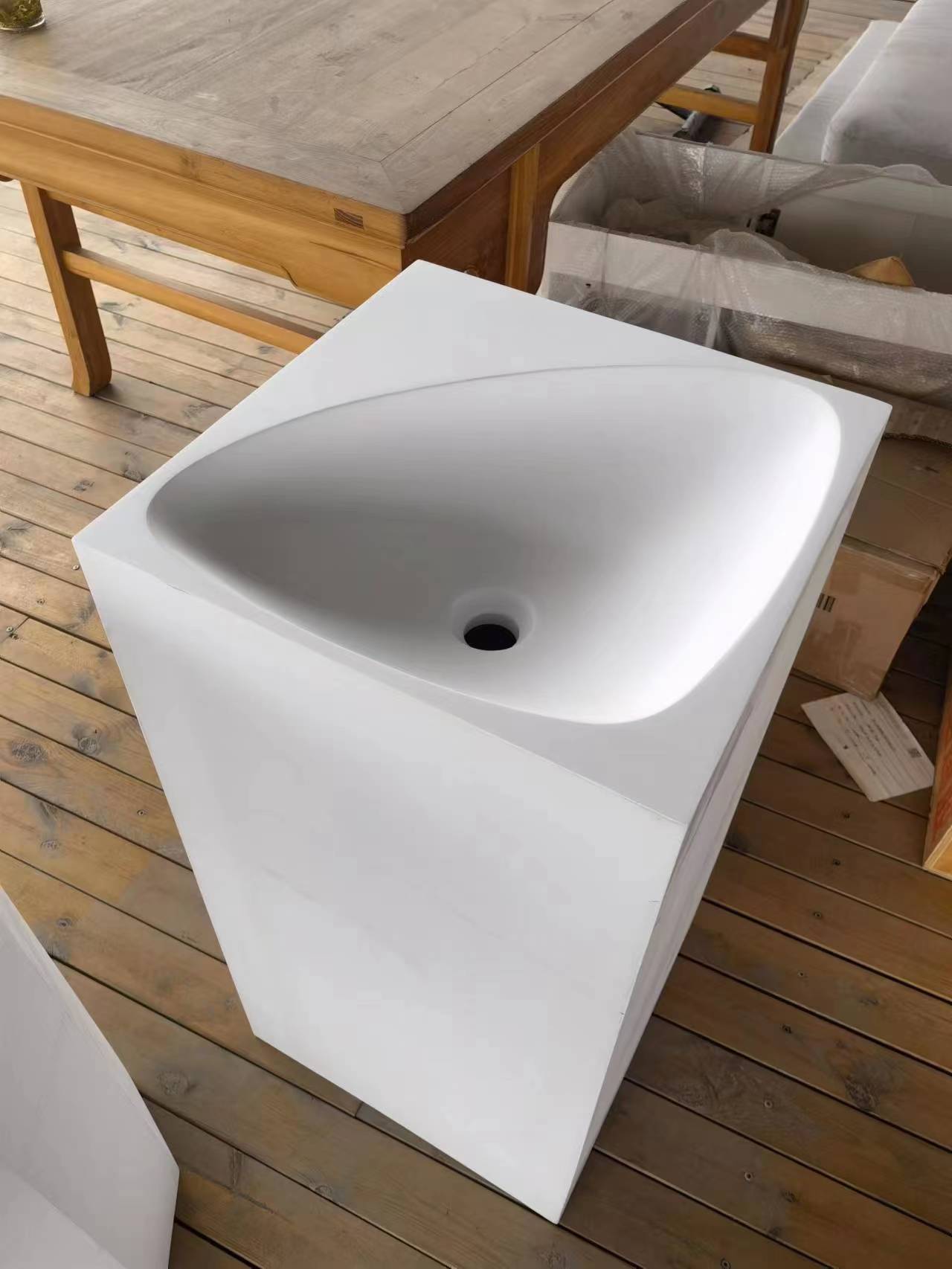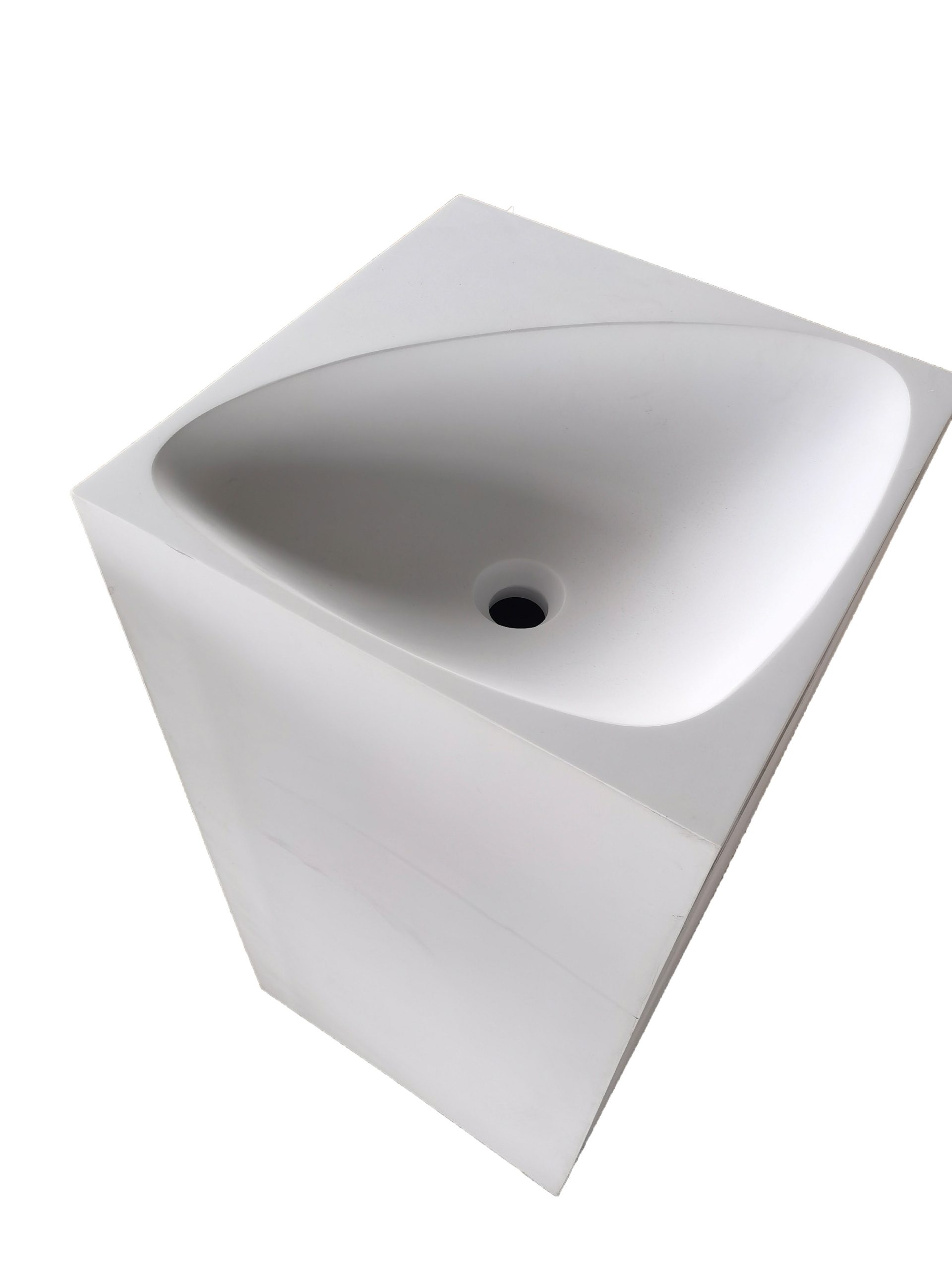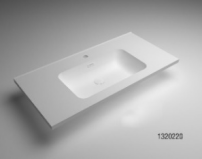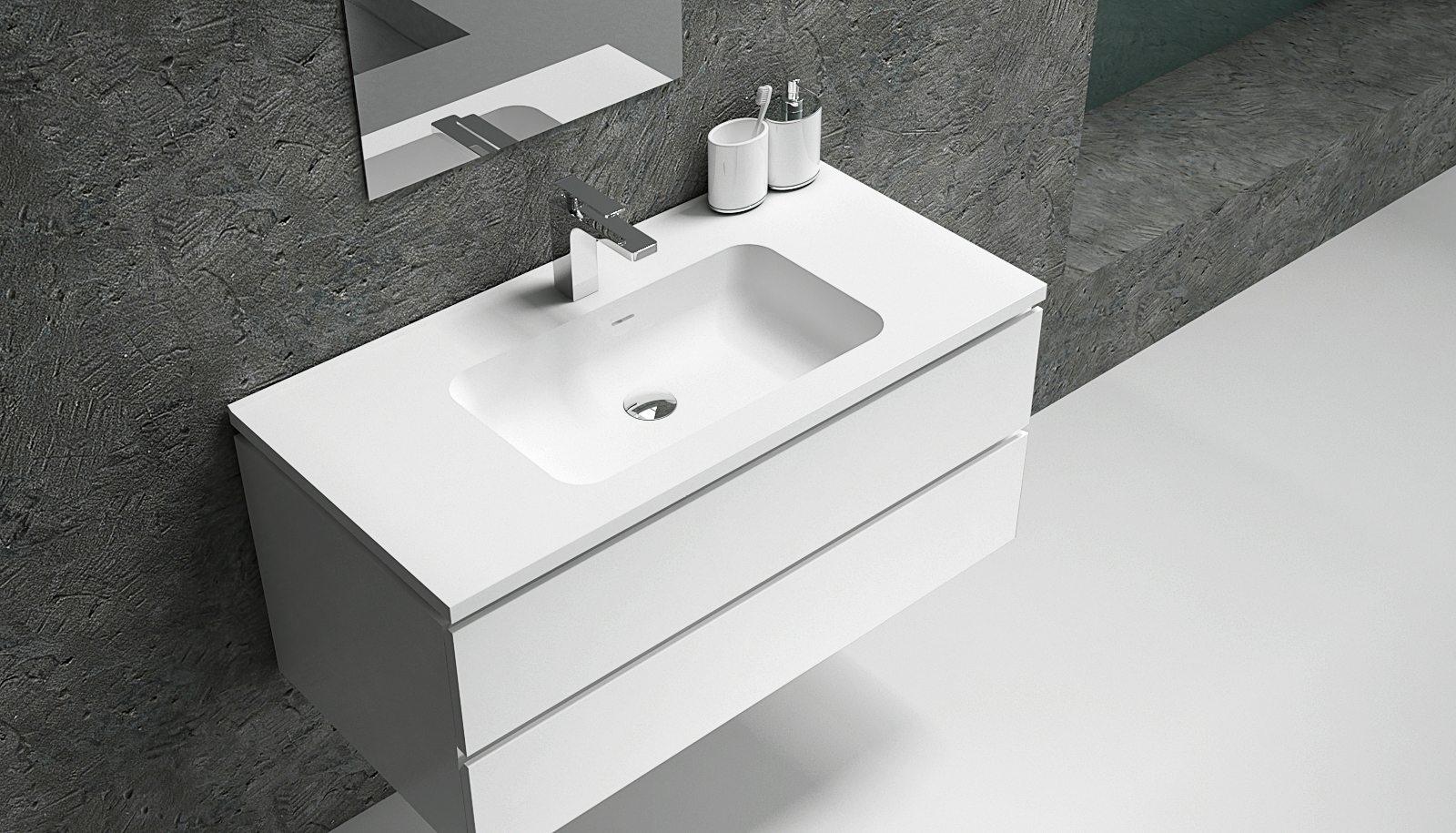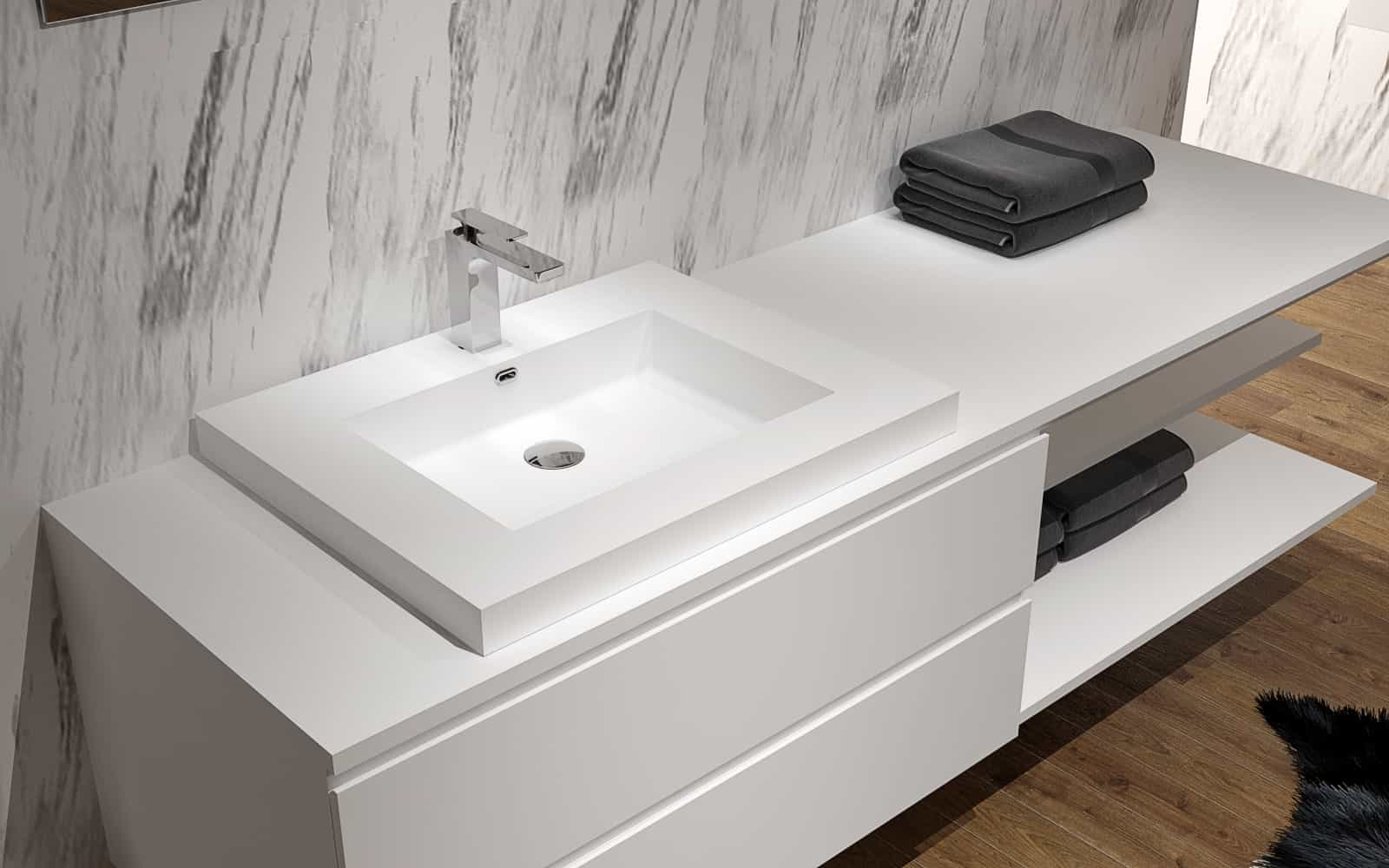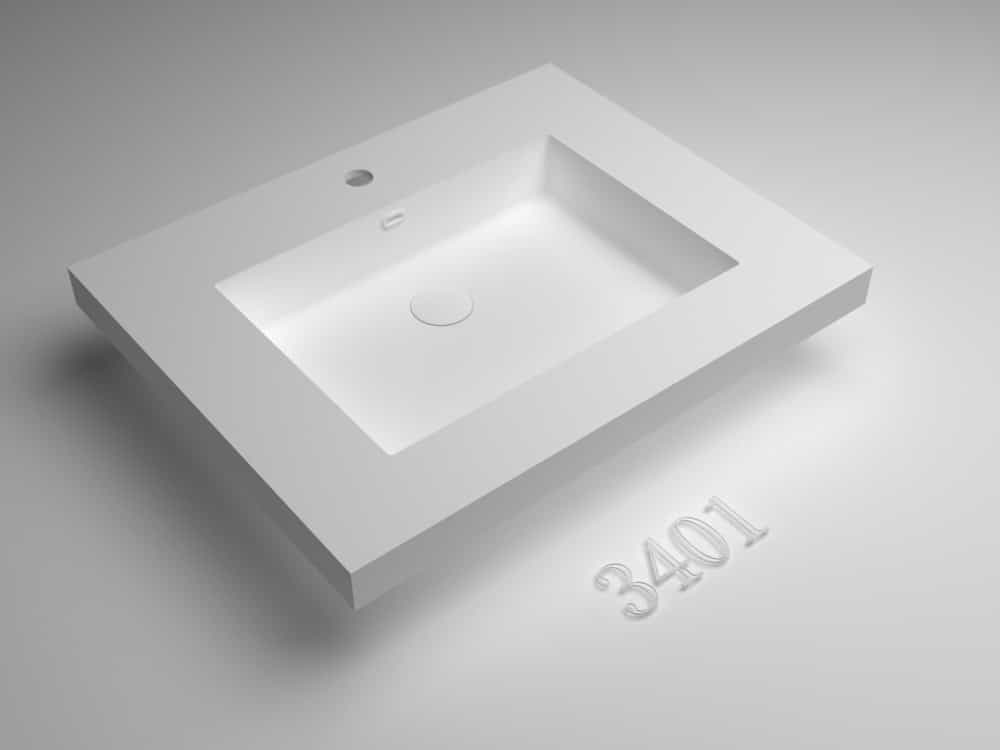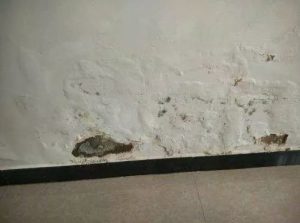
No matter the new wall or the old wall in the room, the city has the alkalization problem due to excessive water, especially in the wet environment, which is the basic reason for affecting the quality of the paint. Applying a layer of water-based sealing primer before applying topcoat can not only save decoration costs, but also have the advantages of applying primer from the perspective of long history and decorative effect. The excellent sealing property of this kind of primer makes it useful to resist the penetration of alkaline substances in the wall, prevent the precipitation of water-soluble salts, and prevent the return of alkali to the wall. At the same time, the superior adhesion of the primer makes the wall smoother, making the top paint easier to apply, reducing the amount of top paint used. As a result, the wall not only prevents the paint disease, but also helps to maintain the painting effect for a longer time. In addition, it is best to use a unified brand or matching paint for primer and top paint to prevent chemical reactions between primer and top paint. When purchasing, carefully read the type or model of primer (or top paint) indicated in the packaging instructions.
Factors related to wall anti-alkali
Wall anti-alkali is related to light
There are few anti-alkali signs in the south wall, but there are different levels of occurrence in the north wall within the length limit, and the repaired cement mortar plaster is also prone to disease again. The damage of the east-facing wall is less than that of the west-facing wall, and the level is lighter. The southern half of the East and west walls are also horizontally lighter than the northern half.
The temperature of the sunny wall body is relatively high, the water evaporates in the wall body, the negative pressure caused by the tension outside the capillary water does not exist, and the capillary signs cannot be formed, the wall body is dry, and the objective environment for the occurrence of caustic symptoms does not exist.
Wall anti-alkali is related to ventilation
The symptoms inside are heavier and more common than those outside. Good ventilation, water vapor is not easy to assemble, the wall anti-alkali disease response is less and light.
The anti-alkali of the wall is related to the material of the wall body, the surface and its pores
In the case of low soluble salt content in the wall material and finish, although there is water migration, the dissolution effect will be greatly reduced, the harm to the formation of the junction will be reduced, and the crystallization signs will be reduced. The hall accepts the hemp ash plaster, its porosity is large, strong structure, relatively hard, good permeability, and has a considerable thickness, can be used as a channel for water vapor transmission, and the precipitation of salt and alkali crystals in the pores of the hemp ash plaster surface, prevent the erosion of the salt and alkali crystals on the wall, but in a long time will make the mortar lose the ability to cement, such as the west wall of the hall. In contrast, the resistance of the imitation porcelain coating on both sides of the corridor is relatively poor, the imitation porcelain coating itself is not thick, poor permeability, and it will lose luster when there is moisture attack, return to moisture, hollow drum, cracking, peeling.
Wall anti-alkali is related to atmospheric temperature and humidity
The reason why wall anti-alkali signs occur more in late winter, early spring, late autumn and early winter seasons is that in these seasons, due to the rise in temperature or the reduction of rain, the percentage of water vapor content in the air is much lower than the percentage of water vapor content when the air is saturated, and moisture migrates from the ground to the wall, and then evaporates from the wall to the surrounding moist air. Eventually the moisture diffuses into the dry air, and in the process, the salts carried in the water eventually crystallize on the walls. In these seasons, people tend to dry skin, dry lips are also the principle.
The anti-alkali of the wall is related to the temperature of the foundation
The difference in the temperature of the foundation soil can cause the migration of underground water. Just like many buildings or uninhabited buildings, in winter and spring, the temperature of the foundation soil of the building is higher than that of the surrounding soil, and the water tends to migrate toward the building; while in summer and autumn, the temperature of the foundation soil under the building is lower than that of the surrounding soil. Although the water tends to migrate towards the surrounding soil, the water level of the surrounding soil is already very high due to atmospheric precipitation, and the moisture cannot be evacuated. In this way, through seasonal changes, the moisture gradually gathers in the foundation under the building, which is particularly wet. Usually, the floor in front of the stage is covered with rice grains of permeating water, like a person sweating.







